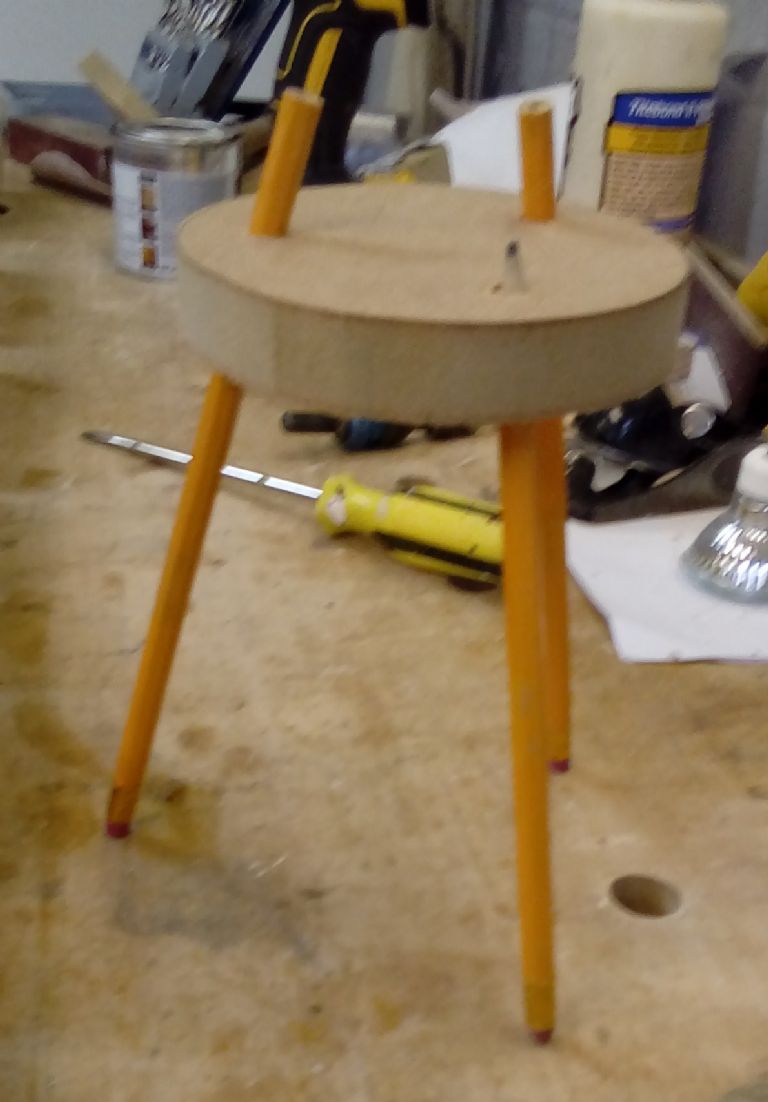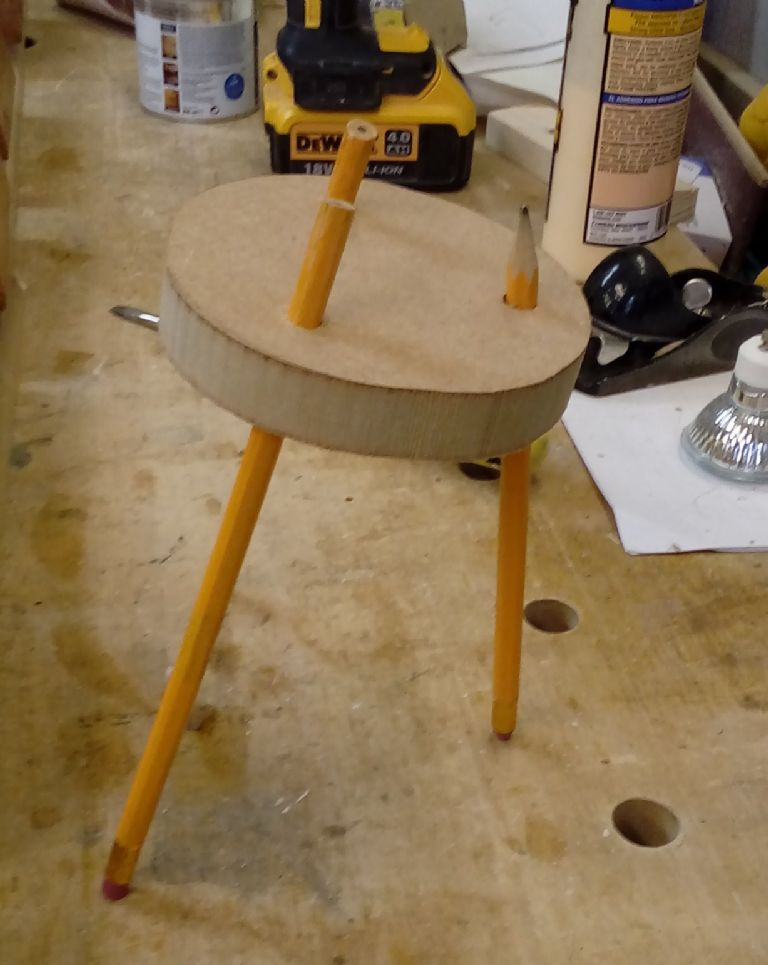Posted by Michael Gilligan on 24/02/2017 10:41:31:
Oh dear … ^^^
I might try to explain, later.
.
Here goes:
First: the 'three-legged milking stool' is not "mine", it is simply a commonly used point of reference in discussions of kinematics. … It is an excellent example of intuitive engineering [or perhaps evolution by natural selection] getting the right answer before the theoreticians explained why.
Most people will appreciate that a three-legged stool is inherently stable on any firm surface … so, reference to it puts everyone 'on the same page' for the discussion.
Unless they are perfectly matched [which has a probability closely approaching zero]; Two rigid bodies will only make stable contact at three points. … One or two point contact is unstable, and anything more than three would require some deflection.
The example of the stool assumes a 'floor' and the force of gravity, but it is easy to translate to other configurations.
Now: In the example of the GripTru chuck, the three screws are adjusters [not clamps] and their purpose is to accurately centre the axis of the chuck on the axis of the lathe. Three point contact is stable, and that is why only three screws are used. … If the 'more convenient' four screw adjuster was used, then the components would first settle on three points and then [potentially] be disturbed by the action of the fourth screw. Admittedly, hese effects/risks are small; but surely the GripTru's raison d'être is to avoid them so far as is practically possible.
We use a very similar arrangement for optical alignment on microscope stands … the difference being that they are simple radial screws, and one of the three is typically replaced by a spring-loaded ball … centring is then a simple matter of manipulating two screws.
MichaelG.
Edited By Michael Gilligan on 24/02/2017 18:04:38
 Michael Gilligan.
Michael Gilligan.






